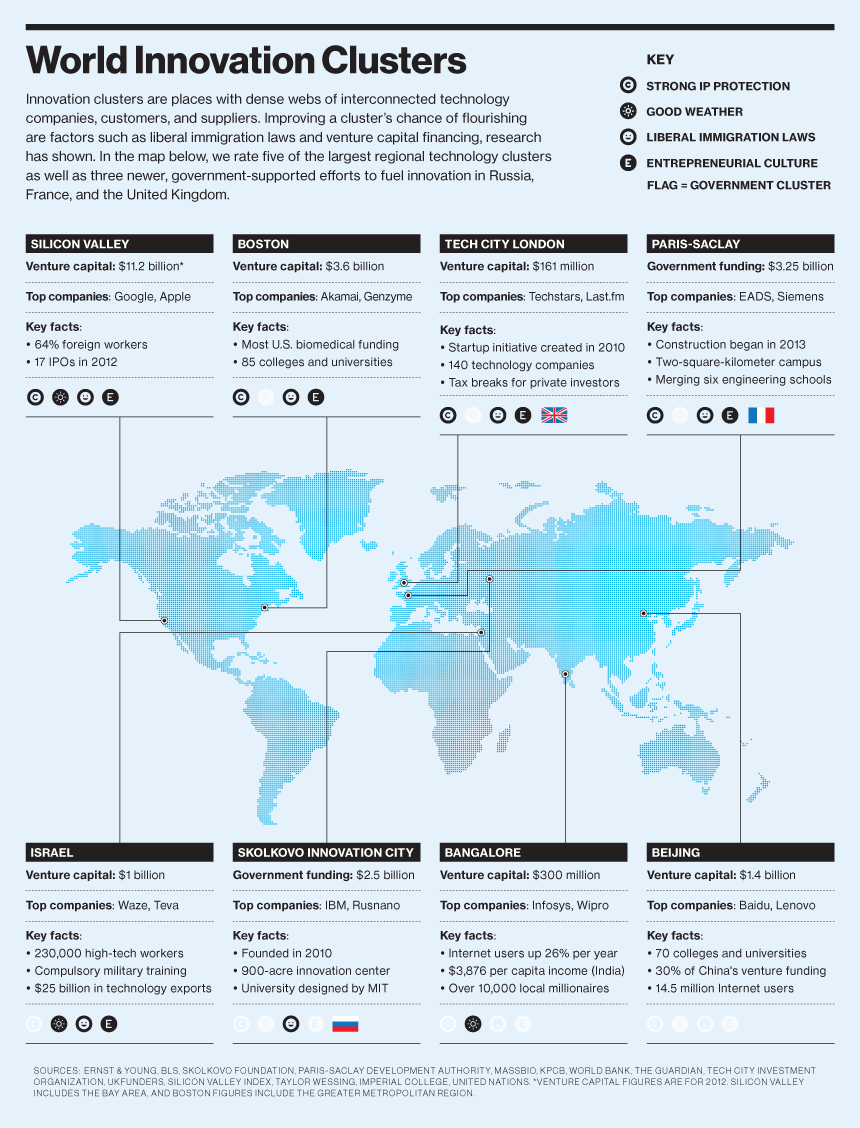Thursday, August 29, 2013
Wednesday, August 7, 2013
$100 Billion Cloud Index
Still doubtful about the whole cloud computing thing? Here’s a new metric that should probably change your mind. The combined market capitalization of the Top 30 cloud computing companies is now north of $100 billion.

http://allthingsd.com/20130729/bessemer-venture-partners-launches-100-billion-cloud-index/
Turning 50(or 60,70) Means Keeping Up, Not Resting
If you wonder on a daily basis , as I do, as whats really happening at the workfront, it will give you some comfort reading this WSJ article on a middle manager in his 50s. as I have always argued in my blog, a new breed of management model is urgently required. Models which will go beyond Flat worlds, which will potentially shed light on decades of upcoming struggles. Models which Governments worldwide will use to create new programs to help their own citizens. Else we are doomed with rusted thinking which is prolonging agony across decades. Read on…
"I know I've peaked in my career," Mr. Toal said at the time. "I am never going to be a vice president. But I'm running as fast as I can, and I don't know why."

One of the things I did learn is that it's really hard to choose your own path. Things happen, and you go with it."
http://online.wsj.com/article/SB10001424127887323997004578644281045966670.html
New Skills, Old Tasks
To stay afloat, he has reinvented himself again and again. Once specializing in managing production, he learned marketing, then purchasing, then finance. He gets up at 5 every morning and doesn't get home until 8 p.m. Yet he still does essentially the same job he did 10 years ago: overseeing a small staff, making revenue projections and supervising expenses in the sales division and resolving disputes over salary compensation.
Only this year did he get back to earning the salary he made in 1989.
When Mr. Toal's father, a union machinist, was 54, he had already begun planning for retirement, was respected by his union and company management, and had become active in the local United Way. Mr. Toal recently stopped coaching his 16-year-old daughter's soccer team because he has no time. He can't imagine retiring because he has no pension—just money in a 401K plan and a series of worthless stock options. He pays $27,000 a year to send one daughter to Simmons College in Boston. His other daughter heads off to college in two years. His wife works part time as a teacher's aide.
Eyes turn to Mr. Toal. "No clue," he says. "I feel like I've peaked in my career, but I don't think I've peaked as a human being." He loosens his tie. "Things are not what any of us anticipated--that with natural talent, hard work and good moral values, there would come some sense of stability. There is no security and no stability."
Friday, August 2, 2013
Tom Preston-Werner’s GitHub Is an Exceptionally Free Place for Open-Source Software | MIT Technology Review
Thursday, August 1, 2013
How SMBs use (Cloud)startup software to save big bucks
Its a cliche to say Cloud is disruptive. Its already mainstream as evidenced by the adoption across the spectrum. I came across this article which expounds on this theme. Below are some excerpts:
CEO and founder David Soutar said that almost all of the software they used had come out of the startup community, and that because they can relate to how the development process works, they are willing to accept a few bugs here and there. But it also means that the businesses creating these products understand that startups don't have a lot of money to spend, and price themselves accordingly.
"The companies that come from startup roots understand that as a startup company, you don't have a lot of money to spend.
In fact, Soutar sees the minimal features of Google Apps and similar cloud services as being a cost saving compared to "installable" applications.
And there are areas where enterprise systems haven't yet caught up. For example, WattCost is using Flowdock to tie everything together on the social media and, to a degree, customer relationships management side. It's a combination of an internal instant messaging system and an inbox that can be hooked into other services like Twitter, Facebook, Zendesk, and GitHub.
http://www.zdnet.com/case-study-how-smbs-use-startup-software-to-save-big-bucks-7000017488/


